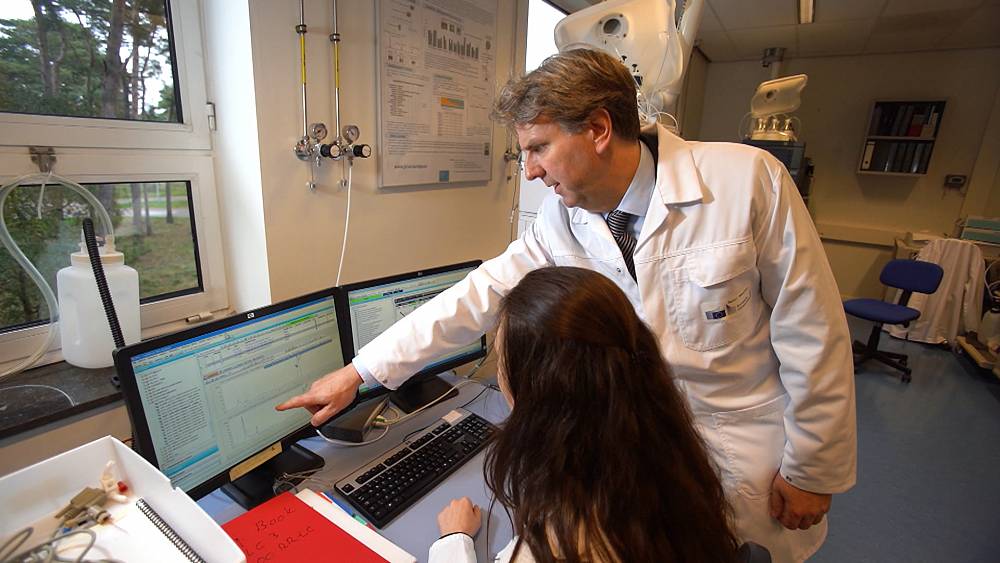
European Health Data Area: What are the technology drivers?
European citizens are moving more and more across the Union and the need for cross-border care is increasing. So, in 2020, 13.5 million Europeans He lived in another country in the European Union.
L ‘European Health Data Area It will play a critical role in improving medical care for patients when they are in another Member State, thanks to the exchange of health information under safe and interoperable conditions. At the heart of this ecosystem are two cross-border infrastructures: the already existing MyHealth@EU and HealthData@EU.
Medical records translated into the language of the healthcare professional
In Brussels, Licínio Kustra Mano is in charge of information systems in Directorate General of Health and Food Safety of the European Commission It tells us what these infrastructures will change for healthcare systems and patients.
“MyHealth@EU allows healthcare professionals to access information from another country: for example, a pharmacist would need to prepare prescriptions elsewhere,” He says before adding: “A doctor in the hospital will need to have access to basic information about a patient’s allergy, vaccinations, past illnesses, or current treatments.”
Medical records are translated into the language of the health care professional. This allows European citizens traveling in the Union to receive care as if they were in their own country.
in frame MyHealth in the European Unionthe data can be accessed thanks to the national focal points that will be gradually established in all member states and to the European coordination services that coordinate the exchange of information between countries.
Highly structured secondary use
HealthData@EU, for its part, allows for so-called “secondary” use of this vast catalog of information in research, innovation, or even policy making.
Researchers, institutions or companies will have to request authorization from an ad hoc body set up in each member state. Access will be strictly confidential and secure and each host country will keep its own data.
“There is no central European database that collects all patient data” Licinio Kustra Mano insists. “The information remains where it was collected and is accessed when needed.” He adds.
The MyHealth Services @ EU The electronic prescription and patient profile are already available in ten European countries. It will soon be extended to the entire Federation. Eventually, other types of data will be available across the EU: medical photos, lab results and hospital discharge reports, and eventually the entire medical record.
Identification of the patient is impossible
a A beta version of this second infrastructure, HealthData@EUwill be launched in two years for small-scale testing, Challenges in accessing health data.
In Paris , health data center He leads the consortium that will run the pilot project. This French public agency already provides health information with high standards of security and confidentiality. “No Health Data Hub employee has direct access to the selected data at any time: this is a rule of the center,” Emmanuel Bakari, Scientific Director of the Health Data Center explains. “The data is encrypted, the encryption keys and the entire encryption system are entirely owned by the center, and we have an extremely high level of security: which is completely normal for highly sensitive data,” He indicates.
Finnish authority Findata is also part of the consortium. She offers her expertise in managing secondary use of health data in the context of projects of public interest.
“We never release so-called direct identifiers, i.e. name, Social Security number, and variants that directly identify people,” says Joanna Sibanen, her manager. “data always nickname, that is, it is devoid of information that allows the identification of a person; It can even be anonymous, that is, presented in a form that does not allow identification, “ Emphasizes.
In such a technology ecosystem, security and data protection will play a crucial role in gaining the trust and acceptance of citizens to share information about their health.

“Organizer. Social media geek. General communicator. Bacon scholar. Proud pop culture trailblazer.”
